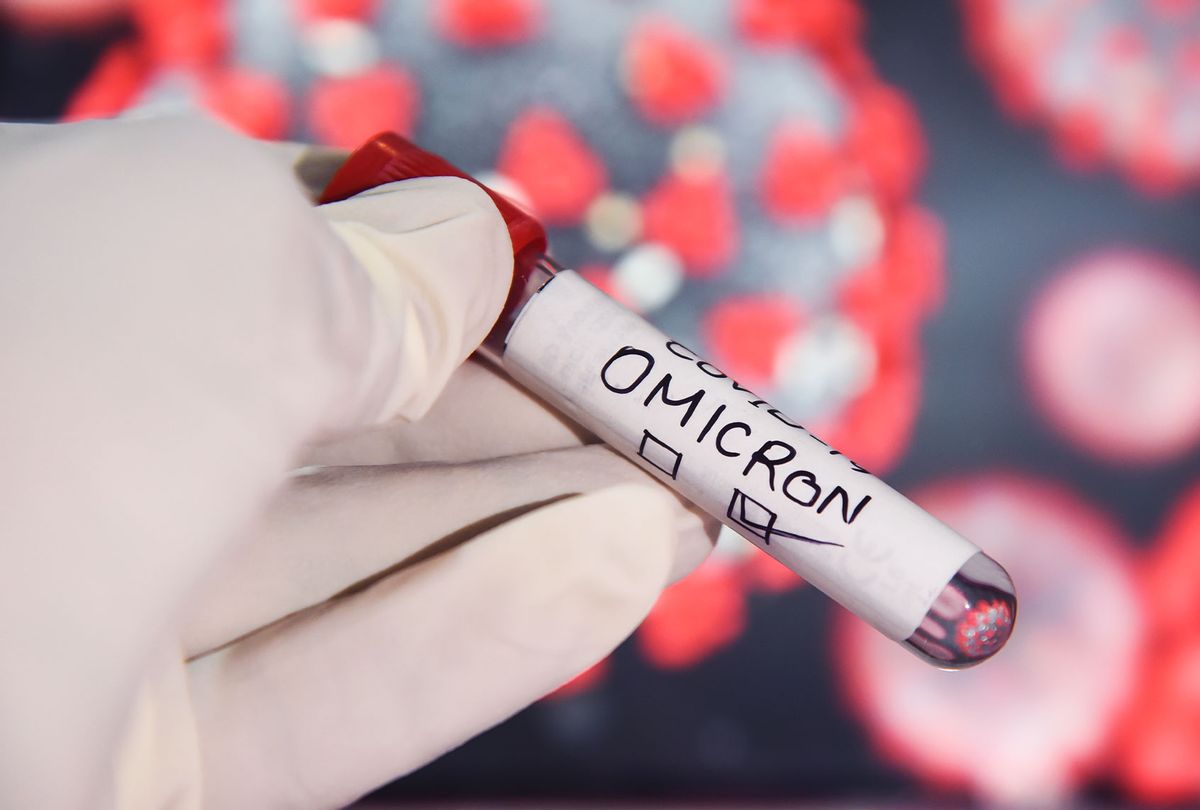While omicron subvariant BA.5 has revealed itself to be the most contagious and immune-evasive iteration of COVID-19 yet, scientists have known for a long time that many cases of COVID-19, regardless of variant, are completely asymptomatic. But how frequently the average person was unknowingly contracting COVID was not known with great certainty.
Now, a new study reveals the extent to which people may be spreading the omicron strain of COVID-19 without even realizing it. Because omicron infections are frequently asymptomatic, it had long been assumed that individuals infected with omicron may unwittingly transmit the bug simply because they did not realize they have been infected.
As the recent study published in the medical journal JAMA Network Open makes clear, more than half of the people who contracted the omicron strain of COVID-19 were asymptomatic — and thus likely unaware that they were ever infected.
The researchers from Cedars-Sinai Hospital looked at blood samples submitted by 2,479 healthcare workers and patients during the period immediately prior to and during the initial omicron surge. Within that group, they found 210 individuals who appeared to have been recently infected with the omicron variant based on the SARS-CoV-2 antibodies in their blood. Those participants were invited to provide periodic health status updates. Soon, it was revealed that only 44% of the infected participants were aware that they had the SARS-CoV-2 virus in their bodies.
The explanation as to why 56% of infected participants did not know seems obvious from a key statistic: Only 10% reported having any adverse symptoms, and they generally attributed those to a cold or other type of infection.
Want more health and science stories in your inbox? Subscribe to Salon's weekly newsletter The Vulgar Scientist.
Salon reached out to Susan Cheng, MD, MPH — a corresponding author of the study and the director of the Institute for Research on Healthy Aging in the Department of Cardiology at the Smidt Heart Institute at Cedars-Sinai — to find out the extent to which unwitting omicron carriers have fueled the surging pandemic.
"It is tough to say," Cheng told Salon by email, pointing out that "it is hard to capture complete or comprehensive data on infection status across a given community or population at a given point in time, and then at multiple points over a period of time" which is what would be necessary "to measure how quickly a virus is spreading and what proportion of the spread is across or between people who were unaware." Nevertheless, Cheng pointed out that "the data from our study and others suggest that unrecognized infections have likely played a major role in spread of virus throughout the pandemic."
Sandy Y. Joung, MHDS, an investigator at Cedars-Sinai and first author of the study, expressed a similar view in a statement about their research.
More than half of people who contracted the omicron strain of COVID-19 were asymptomatic — and thus likely unaware that they were ever infected.
"Our study findings add to evidence that undiagnosed infections can increase transmission of the virus," Joung explained. "A low level of infection awareness has likely contributed to the fast spread of omicron."
When Cheng was asked if, based on their research, she believes people should try to get tested for omicron even if they are asymptomatic, the doctor described this as a "good question" and said that based on other studies as well as their own, "it is very reasonable to do rapid antigen testing in situations after there has been a known or strongly suspected exposure to someone with COVID."
In order to garner better information about omicron infections, the study's authors said that they would need to study a more diverse group of patients than those who participated in this study and were drawn entirely from a single occupation field (in this case, health care).
"It does often require a large health organization or an organization of a large number of people through some kind of structured effort to recruit and enroll large and diverse groups of individuals into a study," Cheng explained, adding that this would need to involve "not just a single point of engagement but continuing repeated engagement to follow how they are doing with antibody measures and health status over time."
The doctors at Cedars-Sinai are not alone in warning that a silent wave of omicron infections is putting the public at risk. Earlier this week Dr. Cheryl Bettigole, Philadelphia's health commissioner, expressed concern that this would happen while declaring that it would be the first large American city to reinstate an indoor mask mandate.
"If we fail to act now, knowing that every previous wave of infections has been followed by a wave of hospitalizations, and then a wave of deaths, it will be too late for many of our residents," Bettigole explained. "This is our chance to get ahead of the pandemic, to put our masks on until we have more information about the severity of this new variant."



Shares